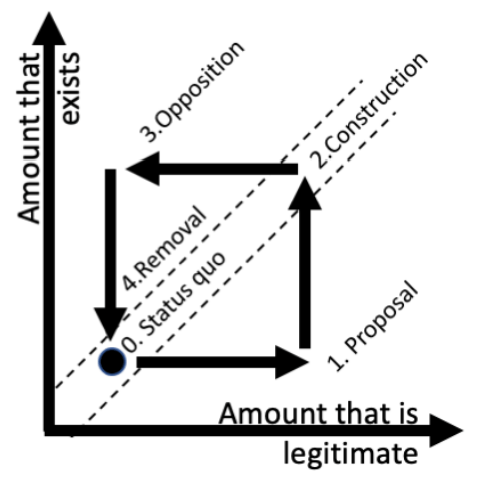James Reynolds on What It Really Takes to Get Kids Riding
What does it take to get more children riding bikes to school? In this People & Projects episode of the Streets and People podcast, host Wendy speaks with James Reynolds, a traffic engineering and road safety expert, about practical ways to build community support and avoid roadblocks – the kind that stop good projects before they even begin.
James brings experience from the ground up. As a researcher funded by the Victorian state government, he shares nine clear strategies to make transport initiatives feel reasonable, supported, and worth sticking with.
In the show, we also talk about Rachel Gallagher’s earlier episode. She ran a simple, thoughtful survey to help build legitimacy for getting children riding to school. Her work is a strong example of what listening can do – and how data, when gathered well, speaks to what matters most.
Here’s the 9 strategies James developed – each one applicable to any kind of project or change.
Here’s a 2-pager of the 9 Pragmatic Strategies and James’ PhD.
The 9 Pragmatic Strategies
A. Build legitimacy before implementation
1. A1 Tailored Reporting Share clear, relevant data that helps people outside your field understand the case for change — especially decision-makers and the public.
2. A2 Strategic Planning Embed the proposed change within a broader plan or vision to show how it contributes to long-term goals, rather than appearing as a one-off action.
3. A3 Participatory Processes Involve the community or stakeholders early through votes, meetings, consultations or other public processes to build trust and shared ownership.
B. Avoid triggering opposition
4. B1 Separation from Contested Areas Design the change so it avoids directly affecting areas, groups or interests likely to resist. Sometimes that means investing more to work around sensitive spots.
5. B2 Adding Rather Than Taking Where possible, add capacity or features rather than reallocating or removing existing resources, so current users don’t feel they’re losing out.
6. B3 Low-Impact Improvements Make behind-the-scenes or subtle changes that improve outcomes without visibly disrupting others’ routines or interests.
C. Build support through implementation
7. C1 Start Small and Build Up Begin with smaller actions that demonstrate success. Use early wins to justify further steps, scaling up gradually.
8. C2 Temporary Setups Try temporary or low-commitment versions of the change to show how it works in real life and reduce resistance to trying it.
9. C3 Pilot Projects Run formal trial periods with clear timeframes and evaluation. This creates space for experimentation and evidence-gathering before full rollout.
This episode shows how you can work with what you’ve got. How you can notice what matters to others. And how pilot projects and clear data can help prove a point without needing to shout.
If you care about safe streets, better habits, and fairer options for children and families, this one’s for you. Listen in for simple, concrete tools you can use straight away.


